Kingfishers testing fossil formation using different breads, water and toy dinosaurs.
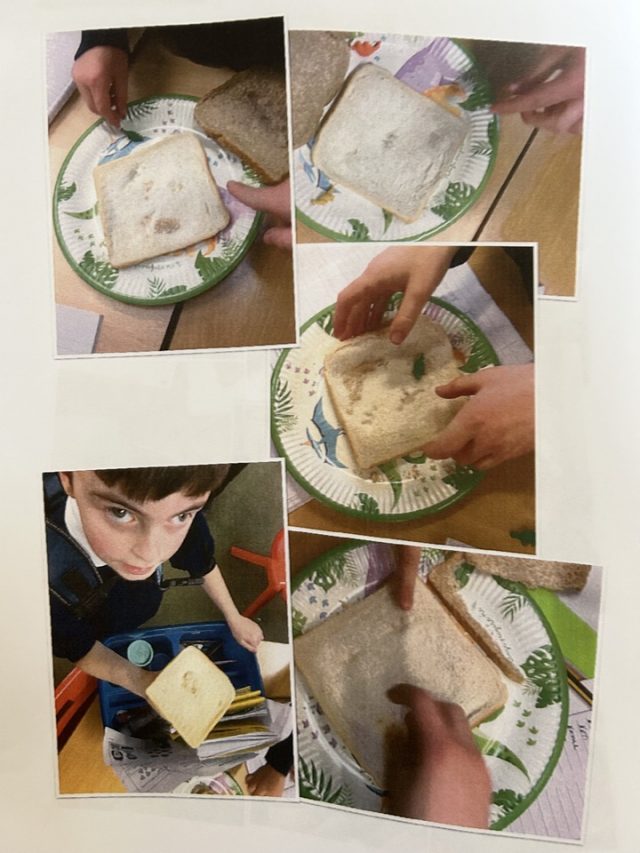
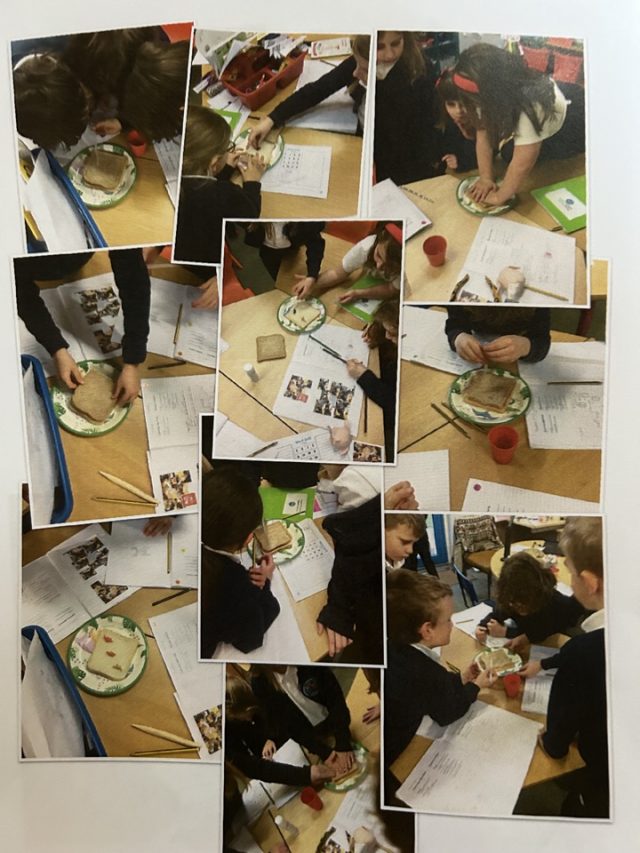
"They will soar on wings like eagles" (Isaiah 40:31)
Respect / Responsibility / Courage / Trust / Perseverance / Compassion
Kingfishers testing fossil formation using different breads, water and toy dinosaurs.


In Science Year 4 played a game to learn about the relationship between predator and prey populations. They took on the roles of lynxes and snowshoe hares living in the Arctic tundra to see how nature exists in a balance: if there are too many lynxes, they end up starving due to lack of prey; not enough lynxes and the snowshoe hares end up consuming the vegetation… And starving!

As part of their work on seed dispersal, Kingfishers have been developing their scientific skills by; posing testable questions, carrying out enquiries, collecting and recording observations and drawing conclusions.
The question they were investigating was ‘ Do smaller fruits have fewer seeds?’
It was a sticky but fun afternoon with some resourceful methods for keeping count being used!
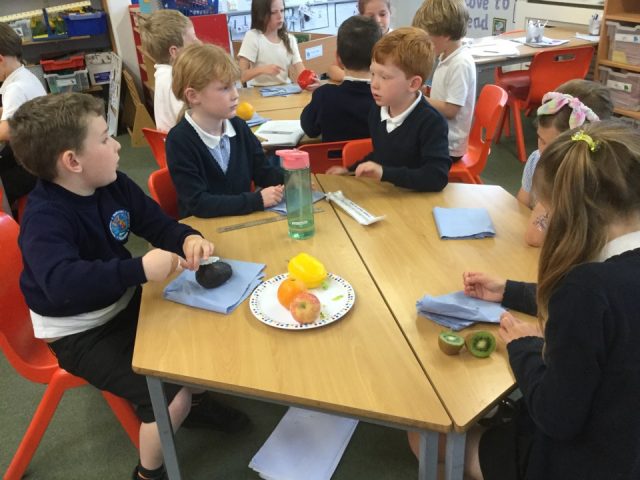
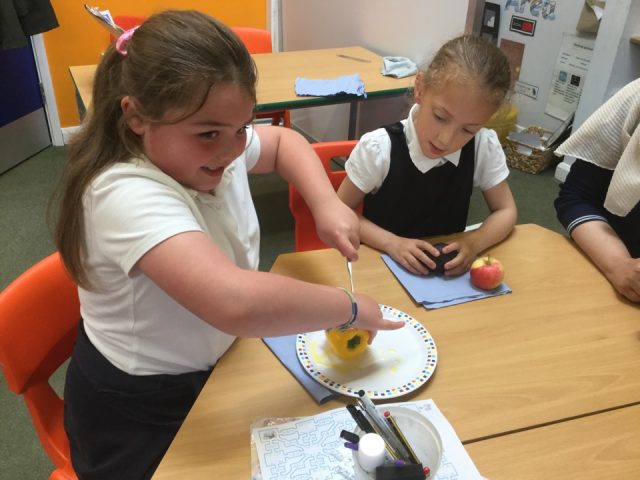
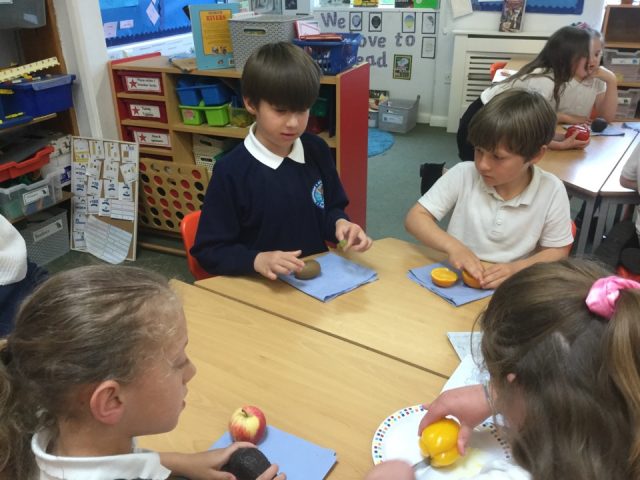
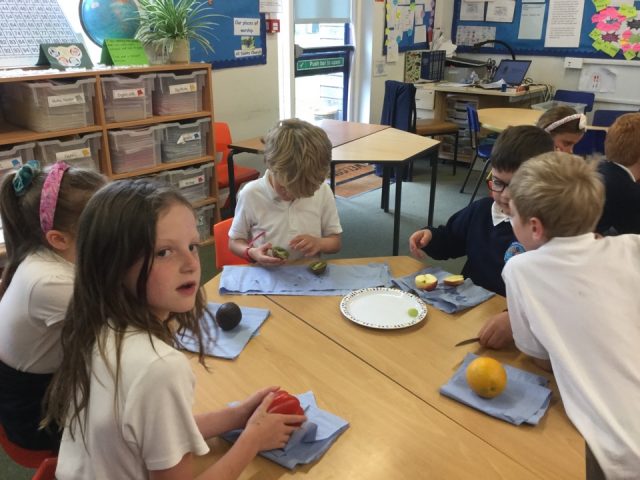
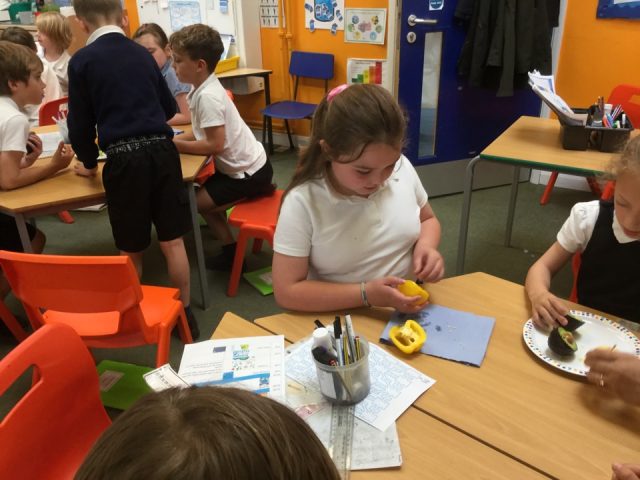
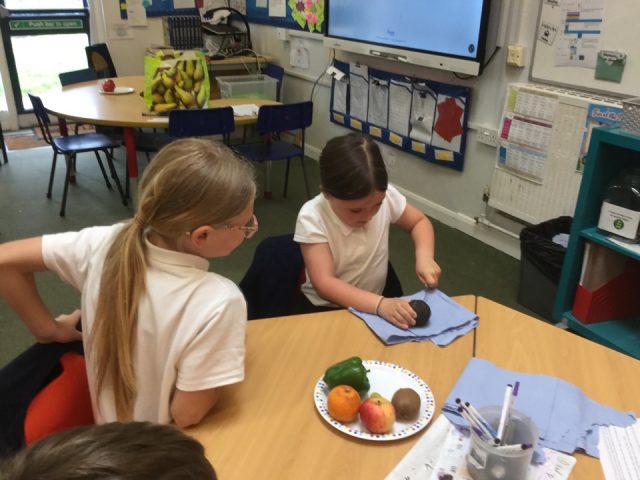
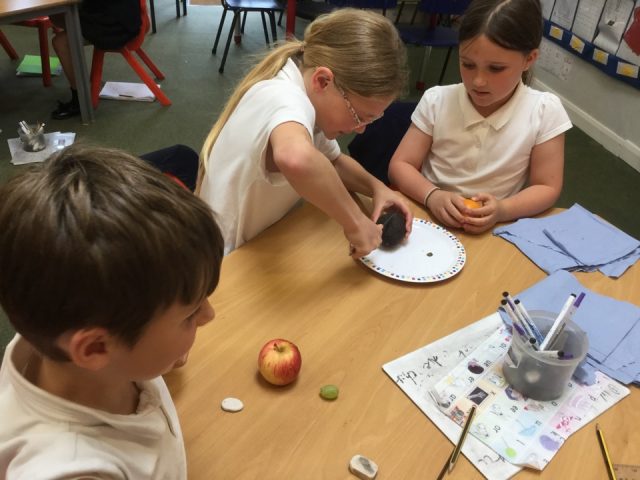
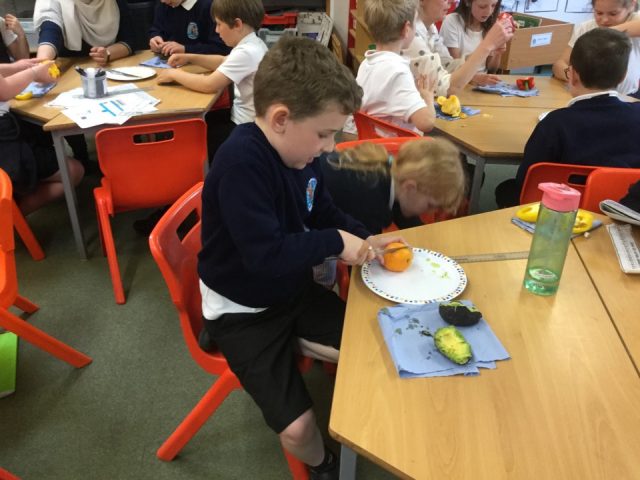
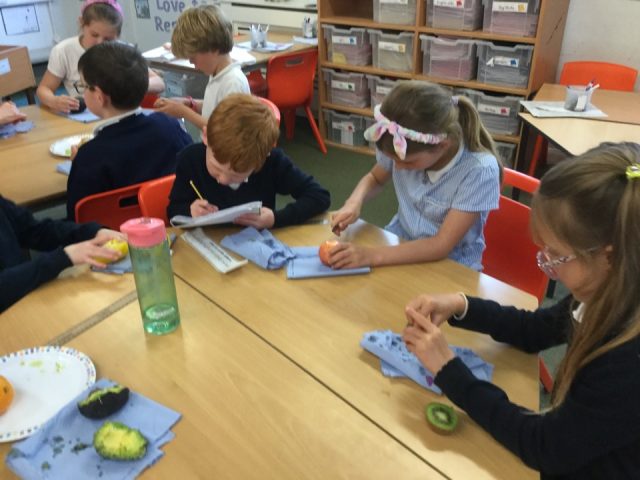
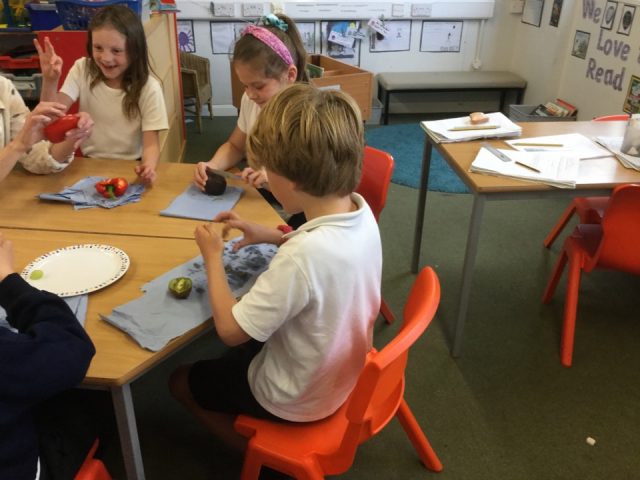
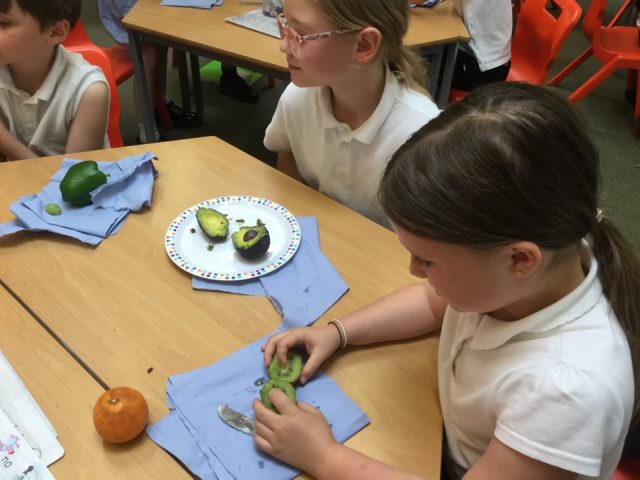
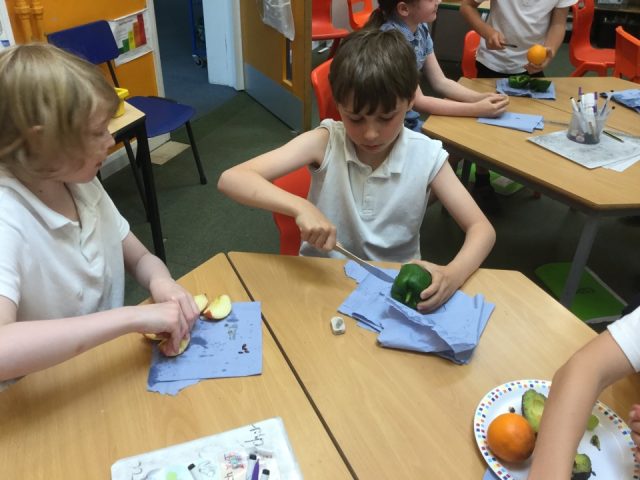
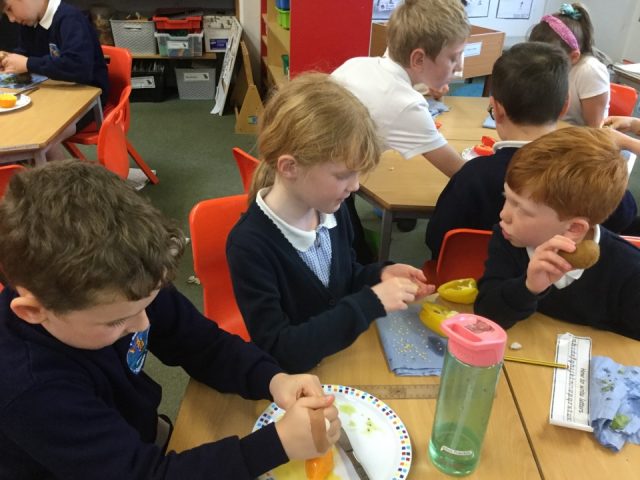
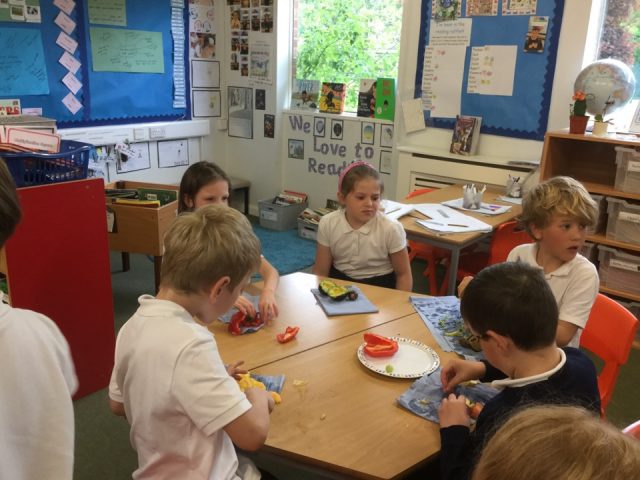
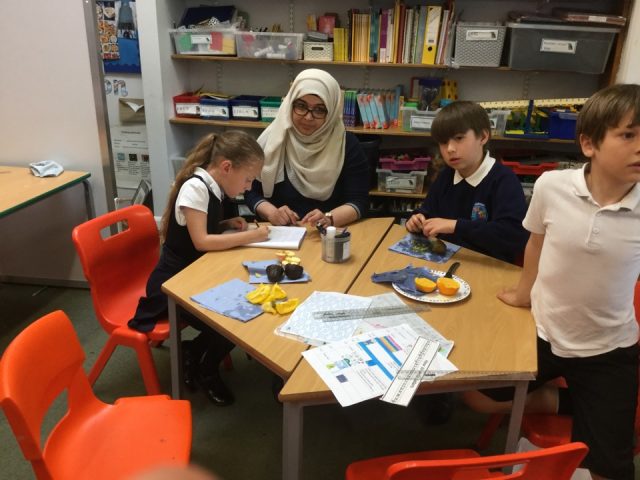
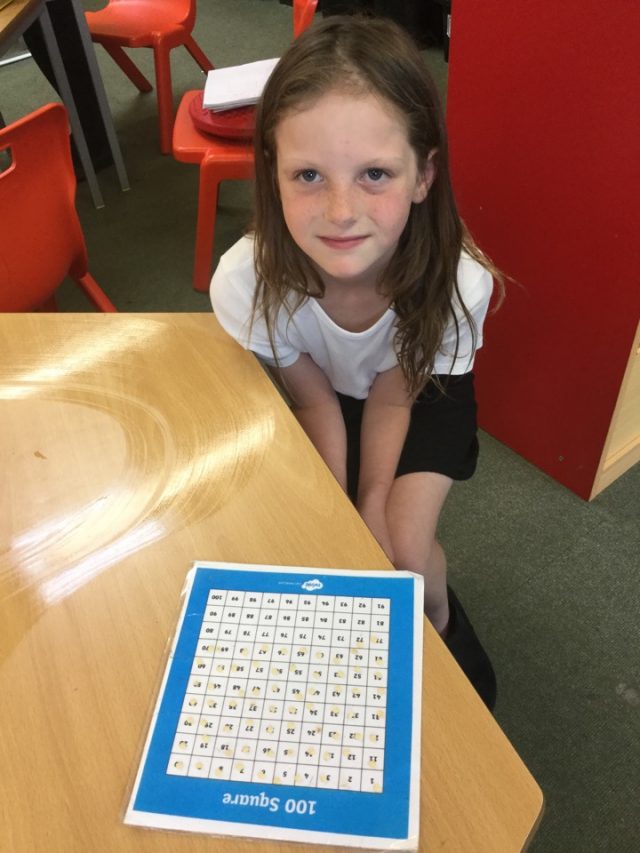
Kingfishers have continued to learn about the parts of a plant and why they need them, this week they have been learning about the flower.
They worked together to build the parts of a flower out of play doh, labelled each part and then explained what each part did.
Grebes have been making electrical circuits this week, learning to identify electrical components, create simple (and some not-so-simple!) circuits and conducting fair tests to identify problems with circuits that were not working.
We have been carrying out investigations and recording our findings. We have been exploring the properties of different rocks, considering: durability, density, texture, appearance and whether they are permeable or impermeable.
We are learning that it is important to know the properties of rocks when considering what they can be used for.
We have included measuring, predicting and explaining our findings.
Coots created fireworks in a jar, we learnt new vocabulary such as equipment, method and pipette.
In science we are exploring everyday materials. To start our learning on the topic we began by building houses for the Three Little Pigs. We then tested the materials using a fair test to see which would withstand wind (the wolf). The children enjoyed building their structures as a team. We had rich discussion about the strengths and weaknesses of each material and the children identified which material was best suited for building a strong and robust house.
‘The Lego bricks would be best for building the house because they are strong and solid. They are waterproof, they won’t let the rain come through.’ Year 2 Child
‘The paper would blow away in the wind, it is not good for building a house.. . it would just get soggy.’ Year 1 Child

